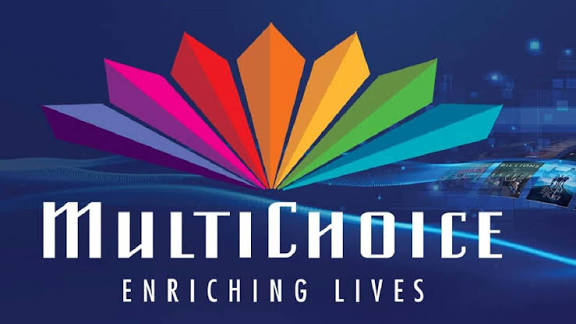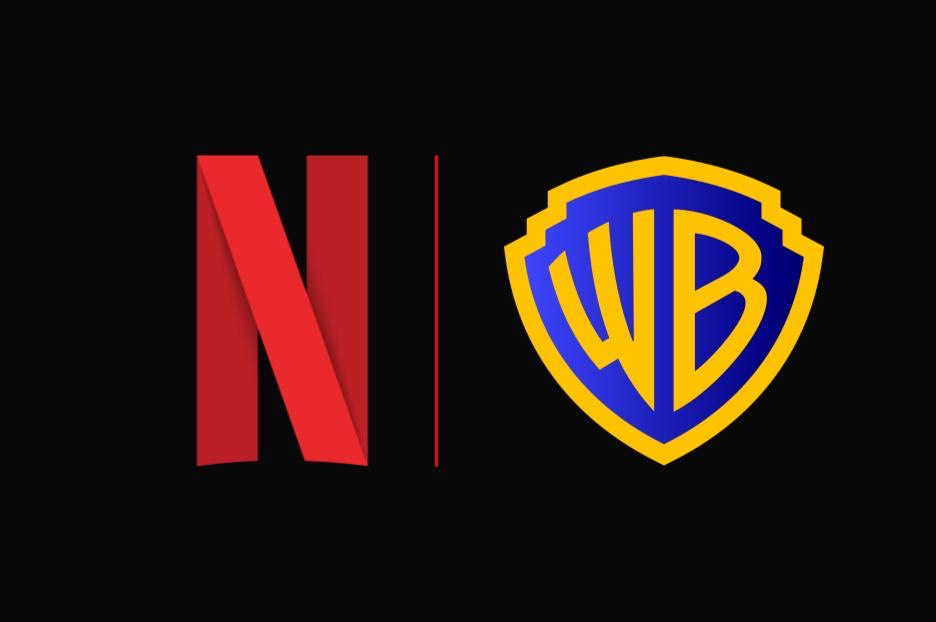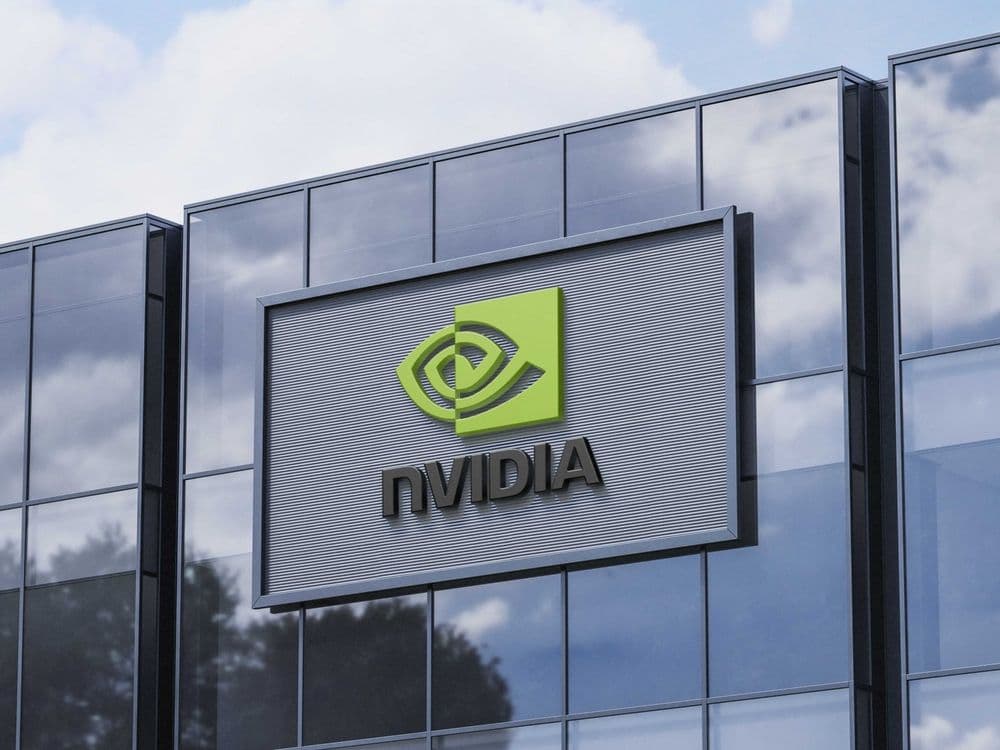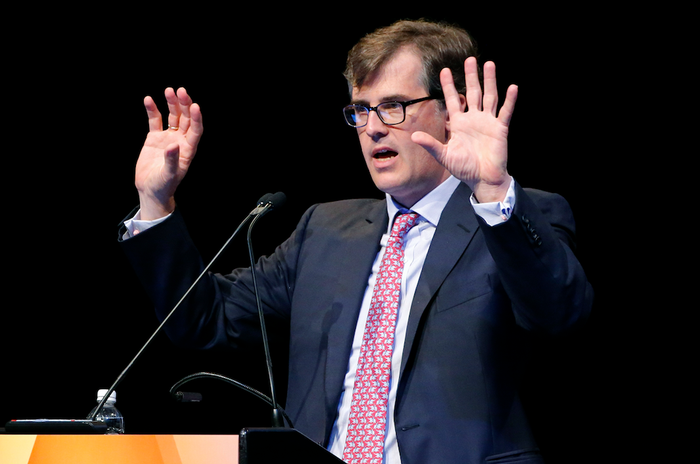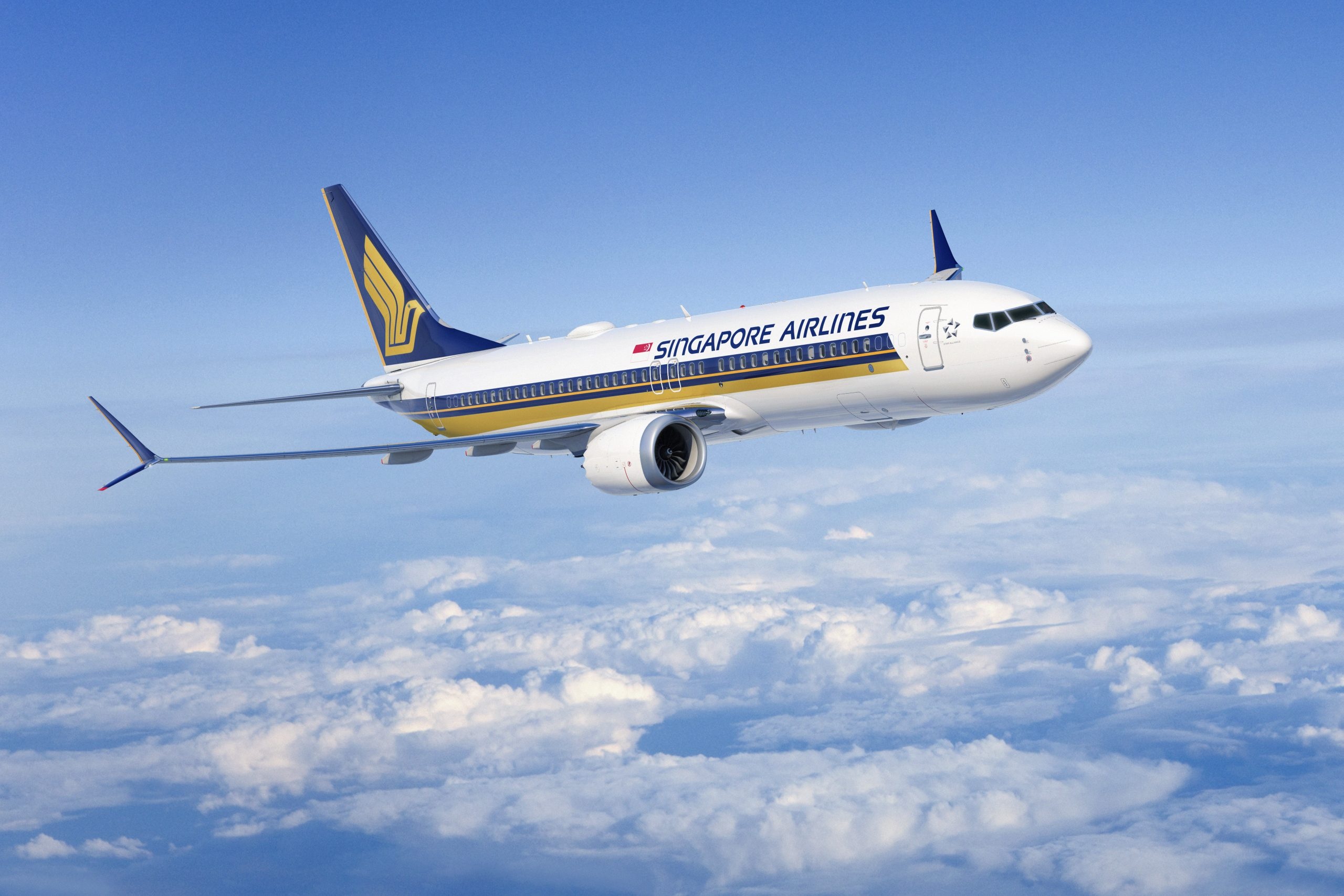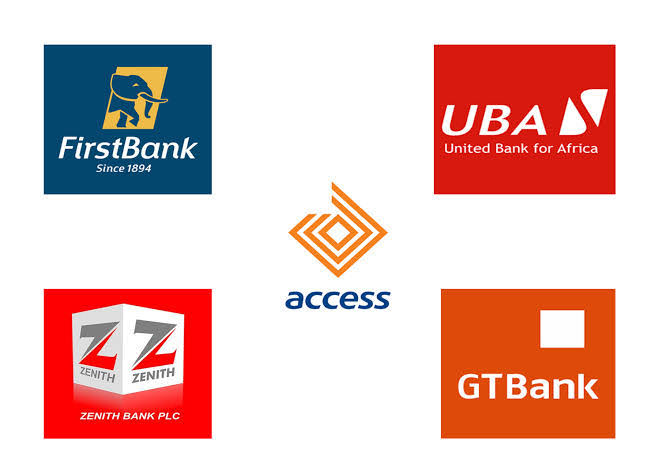The move marks Canal+’s first major step since acquiring MultiChoice, aiming to revive DStv’s shrinking user base amid rising streaming competition.
Canal+, the French media group that recently took full ownership of MultiChoice, has announced sweeping price cuts for DStv decoders across Africa — a bold attempt to win back millions of viewers who have switched to cheaper streaming services.
Starting November 1, 2025, the company will reduce decoder prices by as much as 40% online and 30% in retail stores, marking its most aggressive pricing overhaul in over a decade. The move comes after a steady decline in DStv’s customer base, which has seen the pay-TV giant lose 2.8 million active subscribers in the past two years.
Roughly half of those losses came from South Africa, DStv’s biggest market, where the service shed 1.2 million users in 2025 alone — an 8% drop year-on-year. Analysts say the trend reflects a wider shift in viewing habits across the continent, where more than 560 streaming platforms now compete for audiences once loyal to traditional satellite television.
Read Also: Tax Evasion: Tribunal Orders Multichoice To Pay FIRS ₦900bn
Industry observers see the latest cuts as Canal+’s first major strategy to reposition DStv for a new era. By lowering hardware costs, the company hopes to make the service accessible again to middle-income households squeezed by inflation and rising living costs.
“The decoder discount lowers the entry barrier for customers and could help rekindle interest in satellite TV,” said one Johannesburg-based media analyst. “But it also exposes the company to currency risks and price competition from streaming rivals.”
To accompany the cuts, MultiChoice has introduced a set of customer incentives. From November 7 to 9, DStv will host an Open Time Weekend, granting all active users access to premium channels at no extra cost. Additionally, Premium subscribers will be able to stream on up to four devices simultaneously until December.
South Africa will still have the continent’s highest hardware prices, followed by Kenya and Nigeria. Yet, the sharp reductions signal a renewed push to make DStv affordable again after years of subscriber erosion.
With Canal+ now steering the brand, the pay-TV giant faces a delicate balancing act — cutting prices to lure customers while defending revenue in an increasingly crowded digital marketplace. The coming months will reveal whether the strategy revives DStv’s fortunes or sparks a broader price war across Africa’s fast-changing television landscape.

